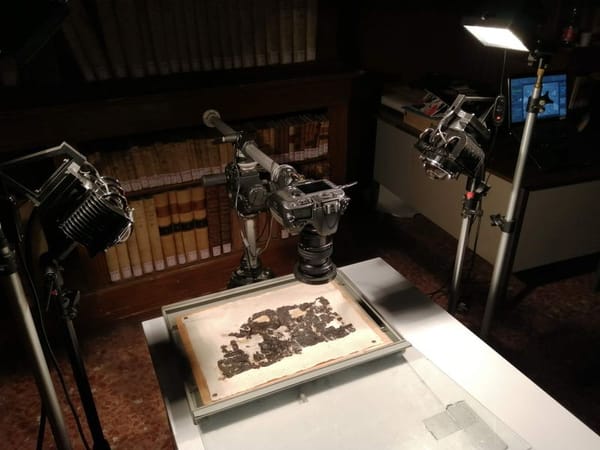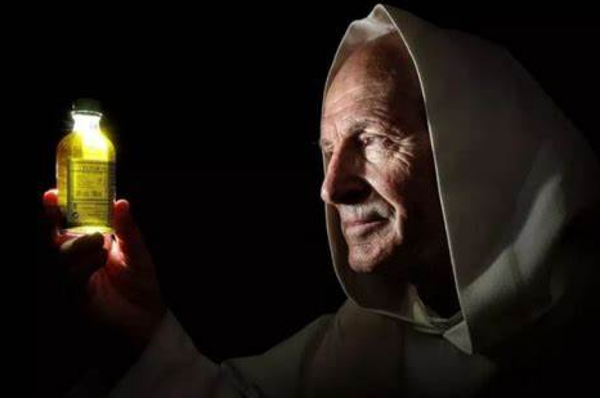What it was like to spend two years as a hostage in Syria
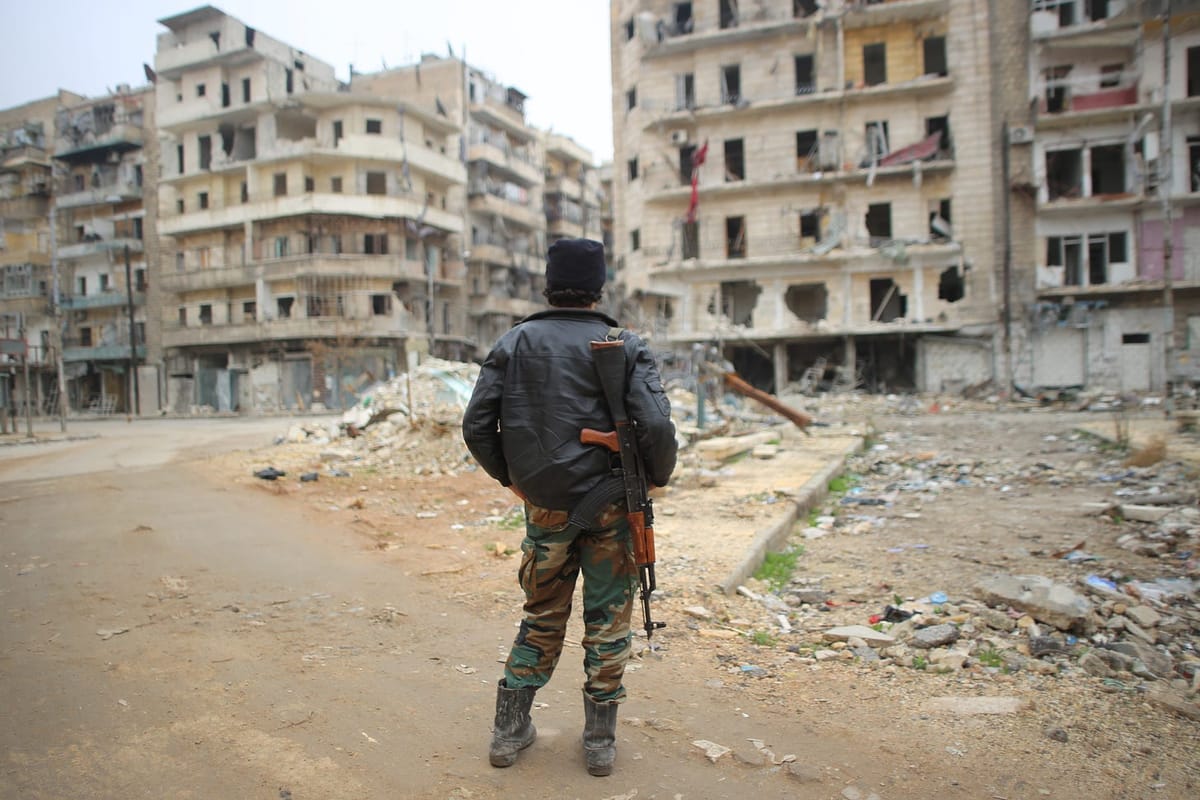
From Theo Padnos: "The thing about life in an electricity-less cell underground is that you soon lose your orientation in time and space. Sometimes you wake up in the early evening believing it to be dawn. Winter couldn’t possibly have come yet, you tell yourself, and then one day, some chance glimpse of the out-of-doors reveals the snow to be sifting down over a courtyard. One’s captors do everything in their power to deepen this disorientation. Whenever you most need to see, that’s when they put you in a blindfold. You’re not meant to know the date, who’s winning the war, where you are, anyone’s actual names. During my time in Syria, I sustained a series of head injuries. Under such circumstances, the more one stares at the walls, the more the room spins. Which way is the floor? Off which walls is the gunfire ricocheting? You can guess, but really you have no idea."
Weight-loss drugs like Ozempic work, but not in the way scientists originally thought they did

From The Atlantic: "When scientists first created the class of drugs that includes Ozempic, they told a tidy story about how the medications would work: The gut releases a hormone called GLP-1 that signals you’re full, so a drug that mimics GLP-1 could do the exact same thing, helping people eat less and lose weight. The rest, as they say, is history. The GLP-1 revolution birthed semaglutide, which became Ozempic and Wegovy, and tirzepatide, which became Mounjaro and Zepbound—drugs that are rapidly changing the face of obesity medicine. They work as intended: as modulators of appetite. But at the same time that they have become massive successes, the science that underpinned their development has fallen apart. The fact that they worked was serendipity, Randy Seeley, an obesity researcher at the University of Michigan, told me."
Hunting for the secret treasure that lies buried somewhere in Milwaukee

From Atlas Obscura: "Klein counts the stairs as he descends. Reaching the bottom, he turns to his partner, Molly Westenberger. “Molly, you got the book?” She unzips a backpack and pulls out a well-worn copy of The Secret: A Treasure Hunt by author Byron Preiss. Published in 1982, it features illustrations and poems that offer clues to 12 hidden treasures, ceramic “casques” with an enclosed key that are buried in cities across North America. In exchange for a key, Preiss would give successful treasure hunters a precious jewel from a trove worth some $10,000 collectively. But Preiss made the puzzles too difficult. Only three treasures have been found in Chicago, Cleveland, and Boston. And there will be no further clues from Preiss himself, who died in a car accident in 2005. But Klein and Westenberger think they’ve finally solved the 41-year-old treasure hunt."
Editor's note: If you like this newsletter, please share it with someone else. And if you really like it, perhaps you could subscribe, or contribute something via my Patreon. Thanks for being a reader!
These fish can share electric signals with each other to sense oncoming danger
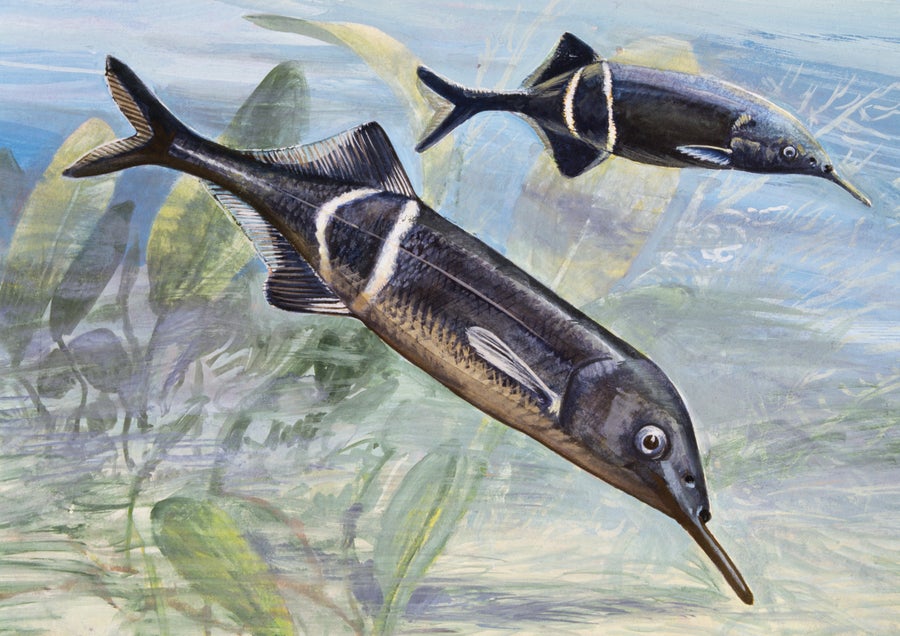
From Scientific American: "With a trunk-like snout, an enormous brain and shimmying moves, freshwater elephantnose fish seem straight out of a science-fiction novel. But these oddballs’ most shocking trait is their ability to emit and sense electricity. They use electric currents to pinpoint prey and potential mates in the muddy river bottoms where they reside. Now scientists have discovered that the fish can supercharge this power by working together. In a paper published on Wednesday in the journal Nature, a team of researchers discovered that these that fish are able to pick up on the electric signals from their peers to collectively sense the world around them. This may expand the fish’s perceptual capabilities, helping them sense prey items and potential foes from farther away."
In the 18th century a bloody war was fought over the price of flour
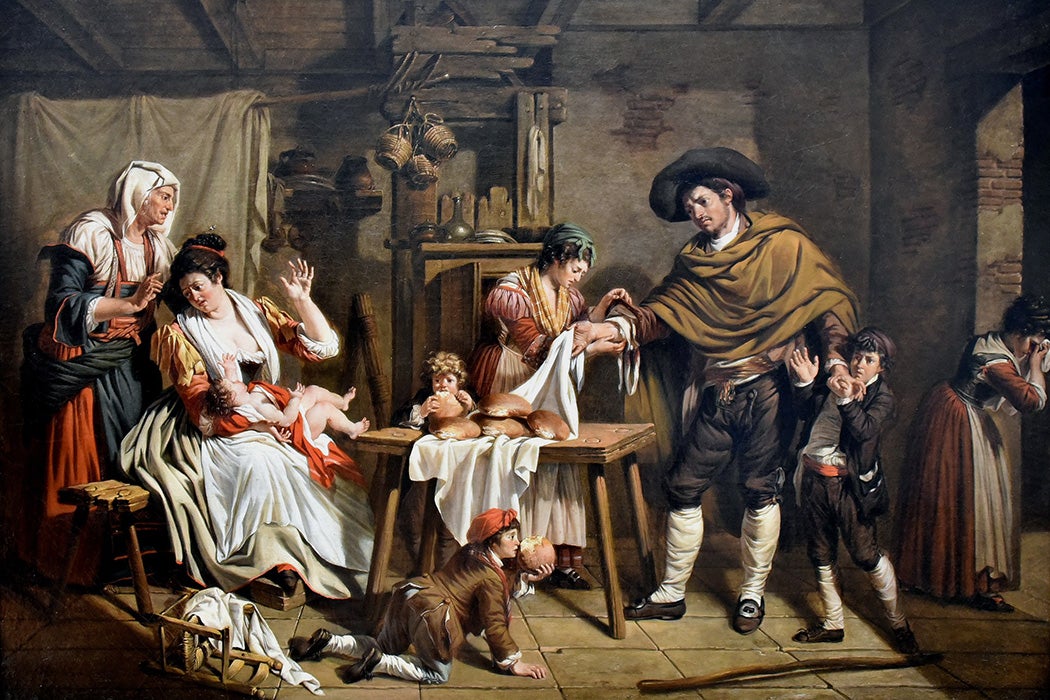
From JSTOR Daily: "In 1775, the king of France was Louis XVI. One of his unofficial titles was “the first baker of France,” representing his sacred responsibility to ensure that his people always had food to eat. At this, he failed miserably. By most accounts, he was a painfully introverted and feeble-minded monarch dominated by his overbearing and out-of-touch ministers. Louis’s Controller-General of Finances, Anne Robert Jacques Turgot, placed grossly inflated prices on the country’s diminished wheat supply after a devastatingly bad harvest. What followed was a massive wave of anarchistic, violent clashes with local authorities and lootings known as the guerre des farines, or the Flour War. Some were spontaneous, some were organized."
Forty-three students went missing in 2014 and have never been found
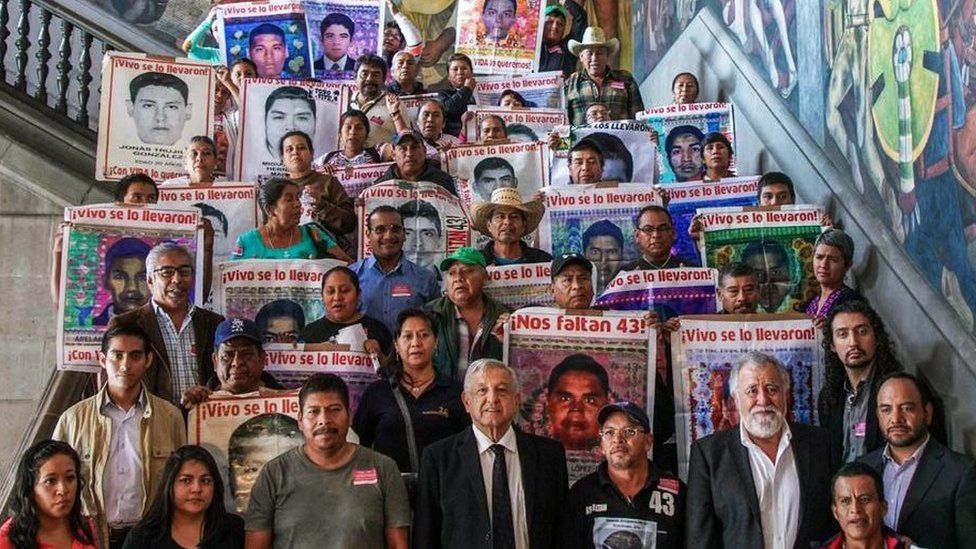
From The New Yorker: "On Friday, September 26, 2014, about a hundred students left their campus in two previously requisitioned buses, and went in search of several more, in preparation for an upcoming demonstration in Mexico City that takes place every year. It marks the anniversary of a massacre on October 2, 1968, when the army gunned down hundreds of demonstrators at an anti-government rally. Soon afterward, the rest of the Ayotzis arrived to rescue their mates. Shouting and banging on the doors of buses, they commandeered three others in a matter of minutes, for a total of five, and prepared to head back to their school in triumph. That was when the killing started. By the next morning, six people were dead, including three students. But the worst of the terror was still to come: dozens of families would come to understand that forty-three of their children were missing. No one knew whether they were alive or dead."
The Boneyard is the largest airplane storage facility in the world
The 309th Aerospace Maintenance and Regeneration Group, often called The Boneyard, is a USAF aircraft and missile storage in Tucson, Arizona and is the largest aircraft storage and preservation facility in the worldpic.twitter.com/fAnY2VVacF
— Massimo (@Rainmaker1973) March 14, 2024
Acknowledgements: I find a lot of these links myself, but I also get some from other newsletters that I rely on as "serendipty engines," such as The Morning News from Rosecrans Baldwin and Andrew Womack, Jodi Ettenberg's Curious About Everything, Dan Lewis's Now I Know, Robert Cottrell and Caroline Crampton's The Browser, Clive Thompson's Linkfest, Noah Brier and Colin Nagy's Why Is This Interesting, Maria Popova's The Marginalian, Sheehan Quirke AKA The Cultural Tutor, the Smithsonian magazine, and JSTOR Daily. If you come across something interesting that you think should be included here, please feel free to email me.
